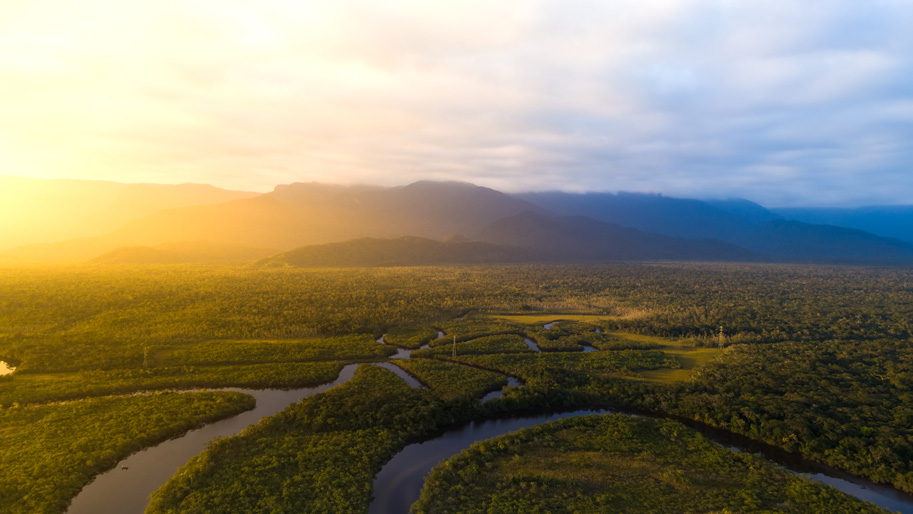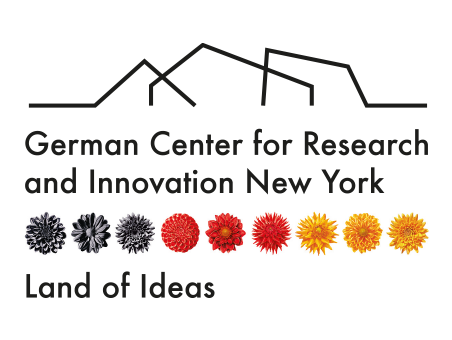Biosphere Modeling to Feed the World
 © Shutterstock
© Shutterstock
Using an innovative biosphere model, researchers at the Potsdam Institute for Climate Impact Research (PIK) have determined that with agricultural reforms the earth can feed 10 billion people.
Feeding the world without wrecking the planet is possible. So says a team of researchers from the Potsdam Institute for Climate Impact Research (PIK). A recent study of theirs found that once agricultural practices are reformed—when we use less water, land, and fertilizer, and eat more plant-based foods—the earth can provide enough food for up to ten billion people.
The study is based on the science of a biosphere model, LPJmL, shorthand for the Lund-Potsdam-Jena managed Land (LPJmL) model, which simulates the earth’s carbon, nitrogen and water cycles and the response of vegetation patterns under climate change. The model takes agricultural and natural ecosystems into account in a combined manner to study the role of the biosphere comprehensively. LPJmL simulates vegetation composition, distribution, stocks and land-atmosphere exchange flows of carbon and water. Its simulations are based on representing explicit processes such as photosynthesis, plant growth, shifts in vegetation distribution, fire disturbance, permafrost melting, as well as water and nutrient management including irrigation.
LPJmL is the only model that incorporates the dynamic use of land for the production of annual and perennial crops, pastures and biomass on short-rotation bioenergy plantations, and the terrestrial hydrology at the global scale. It explicitly computes the vegetation’s structural and physiological responses influencing the coupled water, carbon and nitrogen cycles and flows. The LPJmL simulations are run on a grid of cells connected by river networks, and in each is an individual mixture of land-use types. LPJmL is currently in its 5th stage of development and newly includes terrestrial nitrogen dynamics. Best yet, it’s free and anyone can download and try it!
More info at: https://www.pik-potsdam.de/research/projects/activities/biosphere-water-modelling/lpjml/lpjml
